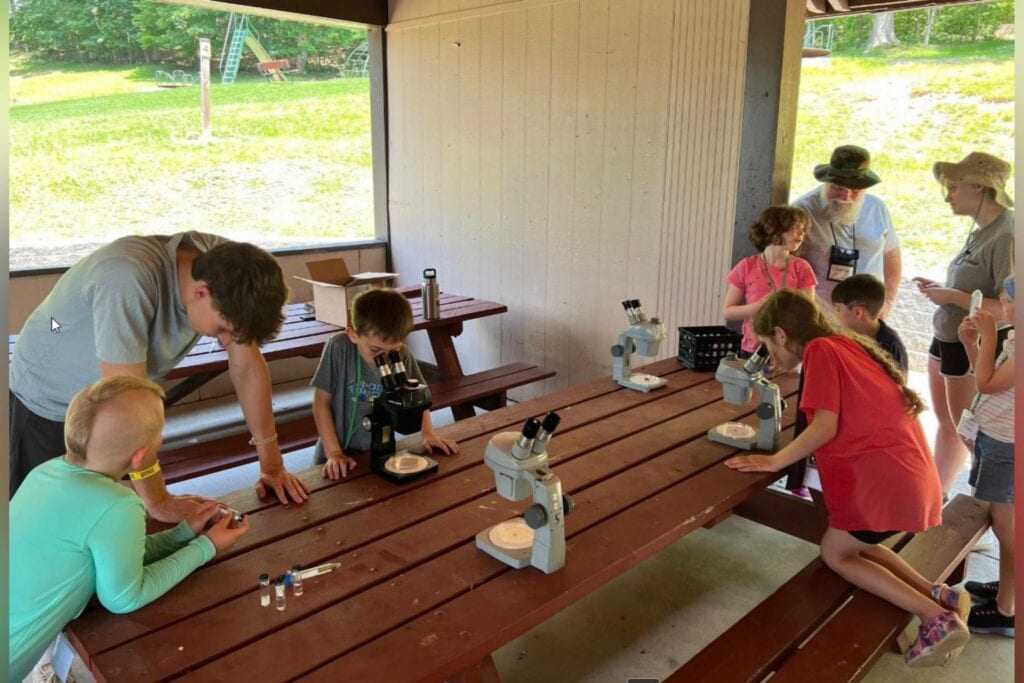Sandwiched between the retina and the eye’s vascular layer, the retinal pigment epithelium is just a single layer of cells, but it plays an outsize role in energizing the retina. In fact, RPE dysfunction can cause irreversible blindness.
West Virginia University researcher Jianhai Du is investigating how the RPE turns proline—an amino acid—into fuel that the retina can easily burn. Using animal models and primary human cells, he and his team discovered that if the RPE can’t process proline properly, the retina is undernourished, and retinal degenerative diseases result. Their findings, which appear in the Journal of Biological Chemistry, may point to innovative treatments that make incurable blindness preventable.
Earlier work by Du and his colleagues showed that RPE cells prefer proline over glucose as an energy source. “That’s quite different from most of the cells in our body. For example, the heart uses a lot of lipids, and the brain uses a lot of sugars. But these RPE cells use a lot of prolines,” said Du, an assistant professor in the School of Medicine’s Department of Ophthalmology and Visual Science and Department of Biochemistry.
In a new study—funded by the National Institutes of Health—the researchers wanted to find out why RPE cells had this idiosyncratic preference. How did the RPE’s appetite for proline benefit the eye?
By employing an isotopic tracer to track proline’s path in and around the retina, the team observed that the retina rarely uses proline directly. Instead it relies on the RPE to metabolize the proline first. The RPE transports the resulting smaller molecules to the retina, which uses them for fuel. “It’s like an ecosystem—just like trees and birds depending on each other,” Du said.
The researchers found that exposing human RPE cells to more proline made the RPE more adept at breaking down proline and transporting its metabolites to the retina. The exposure also provoked biochemical changes that protected the RPE against oxidative stress. “The RPE can generate more antioxidants that way,” Du said. “They live in a very toxic environment, and they have a lot of oxidative damage. If someone gets too much oxidative damage, they get age-related macular degeneration. The problem is these RPE cells.”
In contrast, when the researchers hindered the human RPE cells’ ability to metabolize proline, they produced less fuel for the retina and less of an antioxidant—glutathione—that safeguards against oxidative damage.
To gauge how protective proline is against oxidative damage, Du and his team fed one group of animal models a proline-rich diet. Another group ate a conventional diet. Then the researchers provoked oxidative damage to the RPEs of all of the models, which mimicked the damage that macular degeneration causes. The group that had consumed more proline experienced less oxidative damage and preserved more visual function than the group that had received a normal diet. It’s possible—though not yet proven—that eating more proline may have a similar effect in people.
Research reported in this publication was supported by National Institutes of Health under Award Number EY026030. Additional support was provided by the Brightfocus Foundation, the Retina Research Foundation and Research to Prevent Blindness. The findings and conclusions in this article are those of the authors and do not necessarily represent the official position of the funding agencies.













